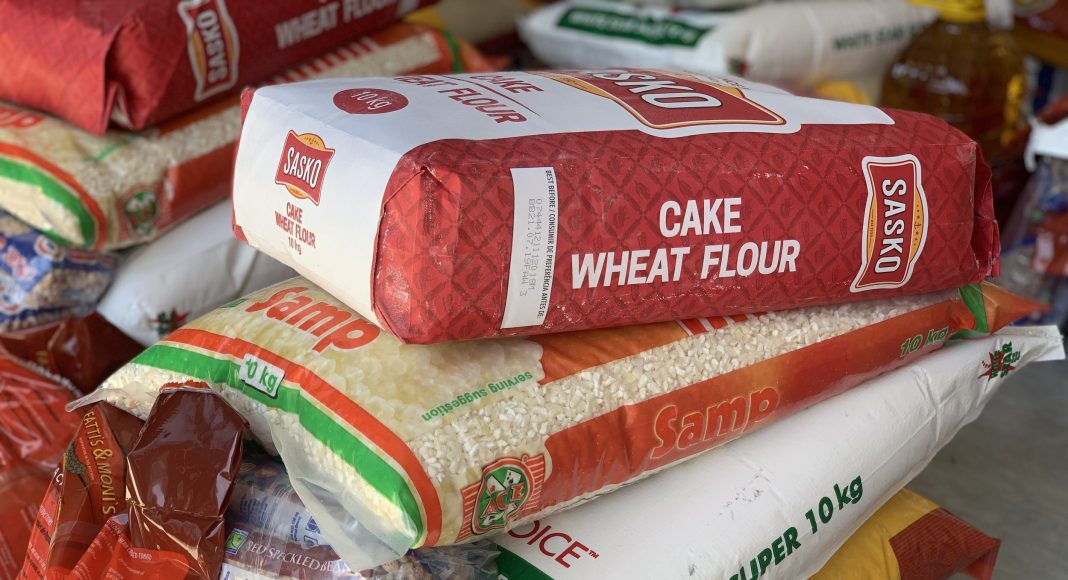South Africa’s inflation showed signs of moderation in March, with the annual rate cooling to 5.3% from a recent four-month high of 5.6% in February.
However, it remains above the midpoint of the SA Reserve Bank’s target range of 3% to 6%, indicating ongoing economic challenges.
Several key categories contributed to this deceleration.
According to Statistics South Africa (Stats SA), prices have softened, notably in food and non-alcoholic beverages, with vegetables and fruit experiencing a significant drop.
Alcoholic beverages and tobacco
Alcoholic beverages and tobacco also saw a slower increase, along with transportation and expenses related to restaurants and hotels.
However, other sectors experienced faster growth.
Miscellaneous goods and services, education, housing, and utilities recorded notable increases, driven by higher fees and rising costs of essential services such as electricity and other fuels.
Core inflation, excluding volatile items, slightly eased to 4.9% in March, down from 5% in February.
On a monthly basis, the consumer price index rose by 0.8% in March, following a 1% increase in the previous month.
According to Stats SA, there has been a significant increase in the cost of education, with high schools recording the largest increase at 7.3%, then primary schools, and finally tertiary institutions.
The high cost of education
“Education fees are surveyed once a year in March. Overall, education was 6.3% more expensive in 2024 than it was in 2023,” said Stats SA.
“This exceeds the 5.7% annual increase in 2023 and is the highest since 2020, when the rate was 6.4%.”
Health insurance premiums also contributed to the uptick in miscellaneous goods and services, increasing by 12.9% annually.
Inflation for food and non-alcoholic beverages slowed to 5.1% in March, reflecting a downward trend from its peak in March 2023.
Similarly, meat inflation cooled, primarily due to lower beef and mutton prices. However, certain categories continue to pose challenges.
Due to significant price increases in goods like brown sugar and chocolate, the annual inflation rate for sugar, sweets, and desserts remained stubbornly high at 17.8%.
Excise taxes
According to the statistician, increases in excise taxes were the main factor driving up inflation for alcohol and tobacco, which resulted in a 1.9% monthly increase in March.
“Annual inflation for sugar, sweets and desserts has remained above the 15% level since June 2023. The rate in March 2024 was 17.8%.
“Products with the most significant annual price increases include brown sugar [up 22%], white sugar [up 20.1%], chocolate slabs [up 17.9%], and chocolate bars [up 15.9%].
“Inflation for alcohol and tobacco was fuelled by annual increases in excise taxes. The index increased by a monthly 1.9% in March.
“This is the highest monthly rise since March last year, when excise tax increases led to a 2.2% monthly rise. Prices increased by 4.5% overall in the 12 months to March.”
Housing rents and transportation costs also contributed to the overall inflationary pressure, with fuel prices rising notably during the month.




